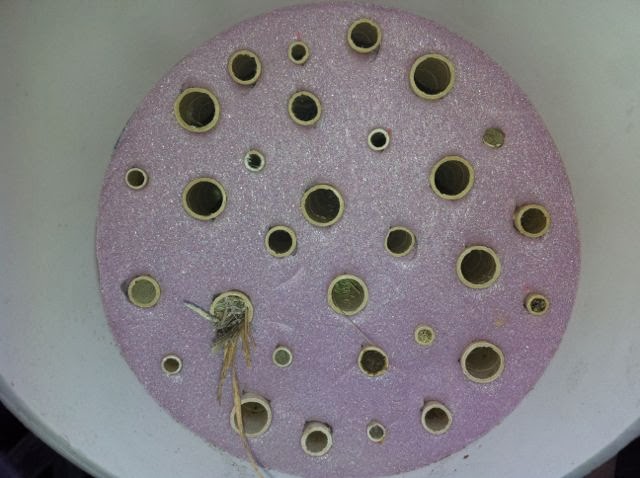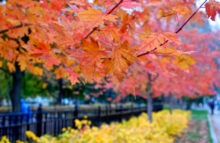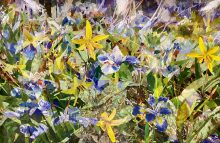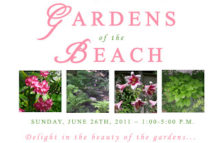| A screw-up with iPhoto deleted my 2013 “Scott Shot” of urban bee guru Scott MacIvor, so I’ll have to make do with 2012. |
With some regret, last month I waved bye-bye to my last urban wild bee nesting box – or, the last in the three-year study by ecologist and PhD candidate Scott MacIvor. Read here about when my first bee box arrived. In 2013, we had more fully filled nesting cells than ever. Scott says mine is in the top 2%. Yay, the Mic
rogarden! Naturally, I’m feeling a little broody, in the best sense of the word, and await the count of my 2013 baby bees, wasps and, sadly, their parasites, with bee-ted breath.
Earlier this year, Scott sent my results from Years 1 and 2:
From 2011, you had (nu
online pharmacy buy levitra super force with best prices today in the USAmber of individual brood):
18 Osmia pumila (a native mason bee)
27 Trypoxylon frigidum (a nonline pharmacy buy voltaren with best prices today in the USAative spider-collecting wasp)
1 Amobia sp. (a native parasitic sarcophagid fly) (attacked a O. pumila nest).From 2012, I can tentatively tell you (I
buy tirzepatide online www.phamatech.com/wp-content/uploads/2024/08/jpg/tirzepatide.html no prescription pharmacy‘m getting good at identifying brood cells to species), you had:
10 Isodontia mexicana (a native grass-carrying wasp)
21 Trypoxylon frigidum (a native spider-collecting wasp)
12 Trypoxylon collinum (a native spider-collecbuy soft cialis online mariettaderm.com/wp-content/uploads/2024/08/jpg/soft-cialis.html no prescription pharmacyting wasp)
28 Heriades carinata (a native mason bee relative)
2 Chrysis sp. (native cuckoo wasp) (parasite of T. collinum)Notice the difference from year 1 to 2. In
online pharmacy buy bull 100 with best prices today in the USAfact I’ve noticed an almost 70% increase in colonization in 2012 over 2011.
 |
| My 2012 bee nesting box. Unfortunately, I’m unable to impress you with 2013’s crowd. Almost twice the cells were full. |
Who would think you could find so many species in a tiny, tiny city property? I’ll update this with 2013’s results, as soon as I receive them. For more detailed information on the bee study, see this excellent article by Graeme Bayliss in Torontoist.
Scott shared his preliminary research with bee study participants – and I hope he’ll forgive me if I’m misinterpreting any findings. You can read them yourself through his link in my first paragraph. One of the things he’s looking at is the diversity and sources of pollen collected by common urban bees, specifically a native and an exotic mason bee (Osmia pumila and O. caerulescens). Interestingly, more than 90% of the pollen collected by these bees came from three sources: white clover (Trifolium repens), and various species of oak (Quercus spp.) and birch (Betula spp.) trees.
Don’t let his boyish demeanor fool you. Scott MacIvor is a very smart guy. So smart, it doesn’t surprise
me that he – alongside landscape architect Janet Rosenberg and photographer Edward Burtynsky – will be recognized as a “green star” with the inaugural Aster Award presented by the Toronto Botanical Garden on November 21, 2013.
Get your tickets for the event here. I’ll bee there!





2 comments
Helen girl .. I have always wondered if my garden could help support some type of hive or bee box .. I am very interested in doing something like that and if it would help any studies here in Kingston on the pollinator population.
Kudos to you for participating girl ! … hope the success rate is a good solid one that continues to thrive : )
Joy
I was given a mason bee hive for my birthday last year…I haven't put it up yet, but reading your post has inspired me to put it up first chance I get.